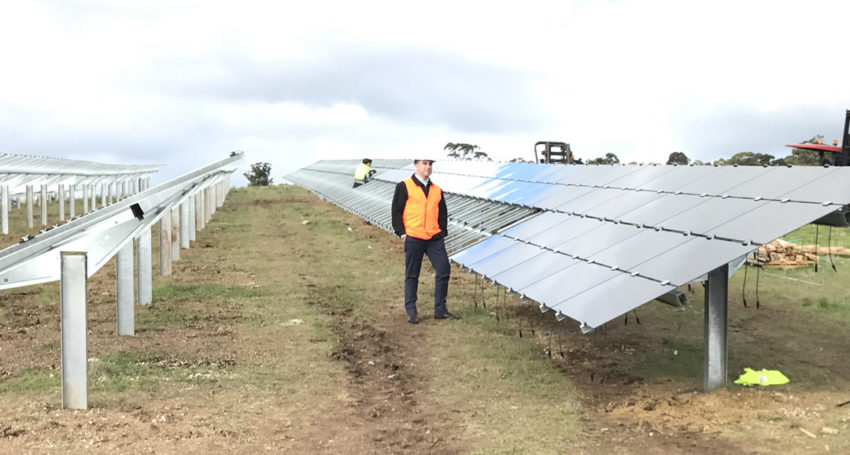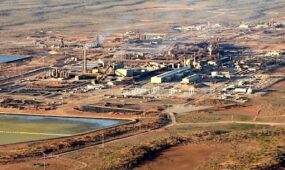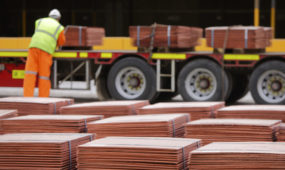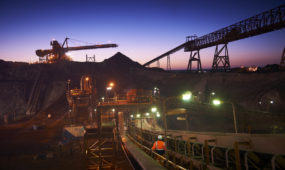In what’s believed to be an Australian first, the plant will channel thermal energy from solar panels and methane gas from decomposed garbage through a shared turbine inter-connector. A generator will then convert the two sources of energy into electricity to be fed into the South Australian grid.
It’s anticipated that the plant, managed by the Northern Adelaide Waste Management Authority (NAWMA), will begin operating in 10 days, and start exporting electricity next month.
NAWMA manages waste in three council districts in northern Adelaide, the capital of South Australia.
Chief Executive Adam Faulkner said the system of combining solar and methane gas energy production was a first in Australia.
“It’s a two-pronged attack for turning our trash into treasure,” he said.

“The novel part of this project is the use of buffer land surrounding the landfill site to build a solar power farm, which will capture the thermal heat.
“Passing that thermal energy through the same inter-connector as the gas turbine has never been done before in Australia, so it’s an exciting time.”
Gas produced from rotting garbage will act as the plant’s base-load power, and will produce about 11,000 megawatt hours of electricity each year to power about 1800 homes.
The site’s 5000 sq m size solar panel farm is expected to produce about 2000 megawatt hours of electricity each year, powering around 300 homes.
The project is a joint effort between NAWMA and South Australian energy companies Joule Energy and LMS Energy, who will negotiate commercial contracts with the state’s public power network to feed electricity into the grid.
Faulkner said all three parties were involved in the design stage of the power plant.
“NAWMA and the local energy companies got together a couple of years ago and thought, why not utilise the rubbish that’s in the ground to generate some income and electricity for the state,” he said.
“That’s when we put our heads together and thought, if the gas side of the equation has been proven to work, let’s turn our minds to the unused portion of land next to the landfill site and use it as a solar farm.”
South Australia leads the nation in the uptake of wind energy and roof-top solar with renewable sources accounting for more than 40 per cent of the electricity generated in the state. However, the closure of two coal-fired power stations in recent years has increased South Australia’s reliance on energy supplies from the eastern Australian states, particularly in times of peak demand.
In an area being forced to evolve from its traditional manufacturing base the solar-methane plant has provided a job boost in the state.
“We’ve used IXL Solar in Salisbury and local contractor Nilson. There’s about 30 to 40 jobs just in the construction phase,” Faulkner said.
The local council areas will also benefit from royalties collected for each megawatt hour of electricity produced.
This isn’t the first time South Australia has made in-roads in environmentally sustainable waste management solutions.
The first systems to use anaerobic digestion technology to turn waste plastics into energy and fertiliser are currently being developed in the state, and are expected to operate commercially in about 12 months.
South Australia has a goal of 50 per cent renewables by 2025 and plans to make Adelaide the world’s first carbon neutral city by 2025.
The state has become a hub for renewable energy recently, following Elon Musk’s announcement last month that TESLA will build the world’s biggest lithium ion batteryin South Australia before the end of the year.






